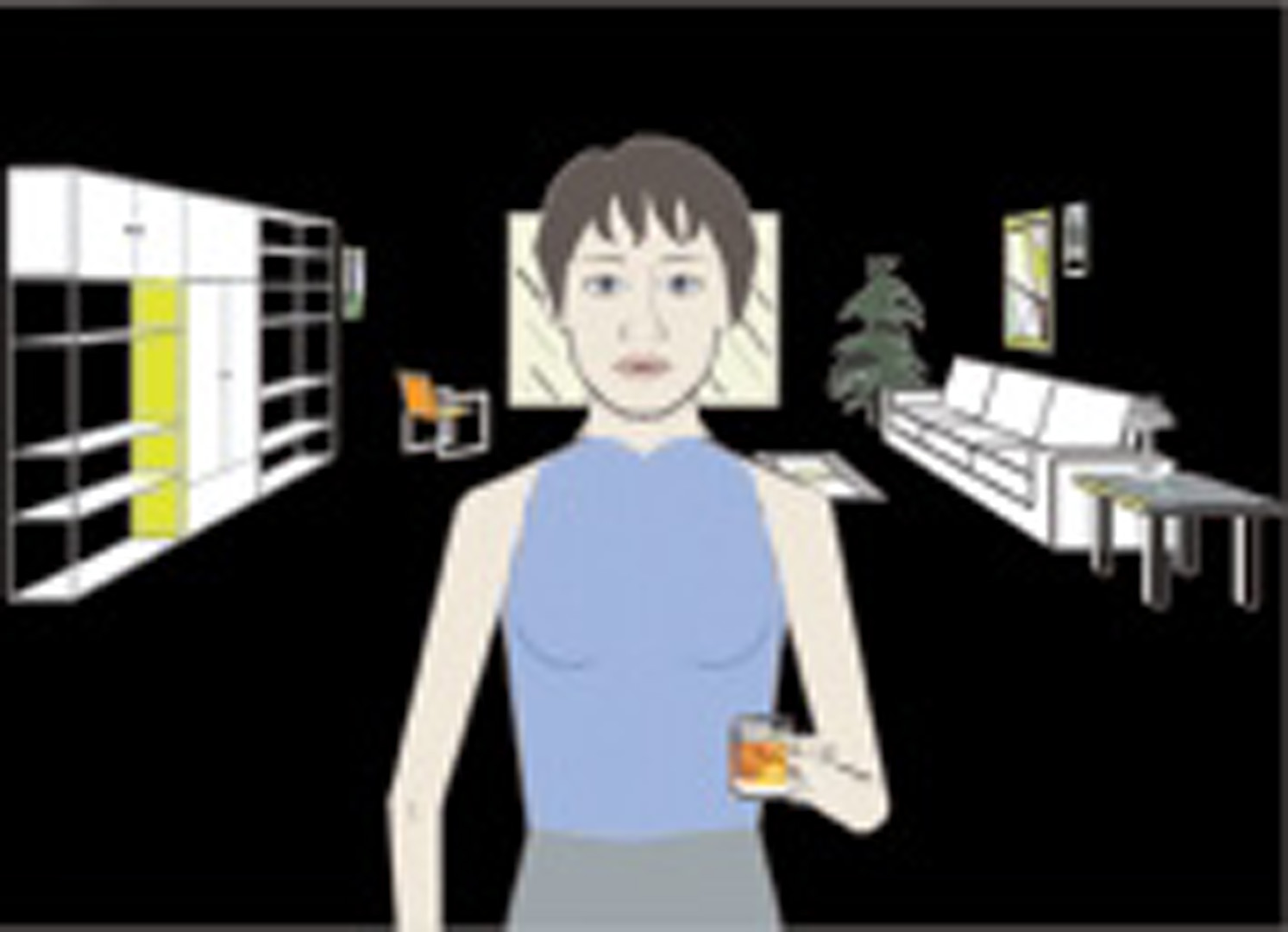“A Preliminary Poetics for Interactive Drama and Games” by Mateas
Conference:
Type(s):
Title:
- A Preliminary Poetics for Interactive Drama and Games
Presenter(s)/Author(s):
Abstract:
Interactive drama has been discussed for a number of years as a new AI-based interactive experience. While there has been substantial technical progress in building believable agents and some technical progress in interactive plot,16 no work has yet been completed that combines plot and character into a full-fledged dramatic experience. The game industry has been producing plot-based interactive experiences (adventure games) since the beginning of the industry, but only a few of them (such as “The Last Express”) begin to approach the status of interactive drama. Part of the difficulty in achieving interactive drama is due to the lack of a theoretical framework guiding the exploration of the technological and design issues surrounding interactive drama. This paper proposes a theory of interactive drama based on Aristotle’s dramatic theory but modified to address the interactivity added by player agency. This theory both provides design guidance for interactive dramatic experiences that attempt to maximize player agency (answering the question “What should I build?”) and technical direction for the AI work necessary to build the system (answering the question “How should I build it?”). In addition to clarifying notions of interactive drama, the model developed in this paper also provides a general framework for analyzing player agency in any interactive experience (e.g., interactive games).
References:
1. Aristotle (330 BC). The poetics. Mineola, New York: Dover, 1997.
2. Bates, J. (1992). Virtual reality, art, and entertainment. Presence: The journal of teleoperators and virtual environments I, (I), pages 133-138.
3. Bates, J ., Loyall, A. B., & Reilly, W. S. (1992). Integrating reactivity, goals and emotion in a broad agent. Technical report, CMU-CS-92-142, Department of Computer Science, Carnegie Mellon University.
4. Blumberg, B. (1996). Old tricks, 11ew dogs: Ethology and interactive creatures. Ph.D. Dissertation. MIT Media Lab. 1996.
5. Blumberg, B. & Galyean, T. (1995). Multi-level direction of autonomous creatures for real-time virtual environments. In Proceedings of SIGGRAPH 95.
6. Hayes-Roth, B., van Gent, R. & Huber, D. (1996). Acting in character. In R. Trapp! and P. Petta (Eds.), Creating Personalities for Synthetic Actors. Also available as Stanford Knowledge Systems Laboratory Report KSL-96-13, 1996.
7. Laurel, B. (1991). Computers as theatre. Reading, MA: Addison-Wesley, 1991.
8. Laurel, B. (1986). Toward,· the design of a computer-based imeractive fa11tasy system. Ph.D. Diss., The Ohio State University, 1986.
9. Mateas, M. & Stern, A. (2000). Towards integrating plot and character for interactive drama. Working notes of the Socially Intelligent Agents: Human in the Loop Symposium, 2000 AAA! Fall Symposium Series. Menlo Park, CA.: AAA] Press.
10. Mateas, M. (1997). Computational subjectivity in virtual world avatars. Working notes of the Socially Intelligent Age11ts Symposium, 1997 AAA/ Fall Symposium Series. Menlo Park, Calif.: AAA! Press .
11. McKee, R. ( 1997). Sto,y: Substance, structure, style and the principles of screen writing. New York, NY: HarperCollins.
12. Murray, J. (1998). Hamlet 011 the halodeck- Cambridge, MA: MIT Press, 1998.
13. Norman, D. (1988). The design of everyday things. New York, NY: Doubleday, 1988.
14. Sengers, P. (1998a). A11ti-boxology: Agent design i11 cultural context. PhD Thesis, School of Computer Science, Carnegie Mellon University. Technical Report CMU-CS-98-151.
15. Sengers, P. (1998b). Do the thing right: An architecture for action expression. Proceedings of the Second International Conference on Autonomous Agents, May 1998, 24-31.
16. Weyhrauch, P. (1997). Guidi11g i11teractive drama. PhD Thesis, School of Computer Science, Carnegie Mellon University. Technical Report CMU-CS-97-109.





